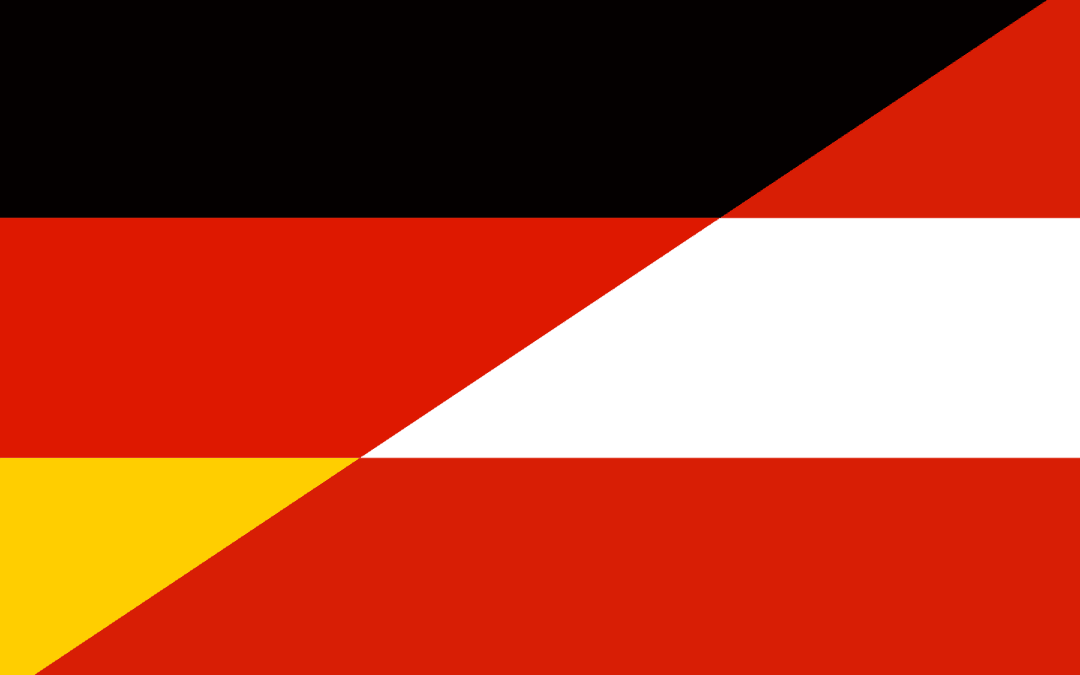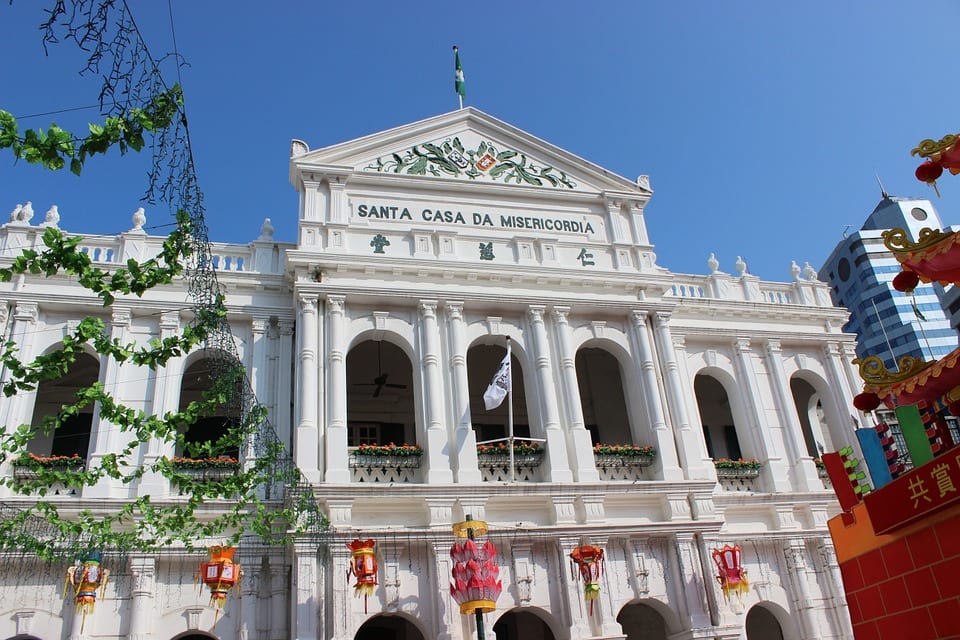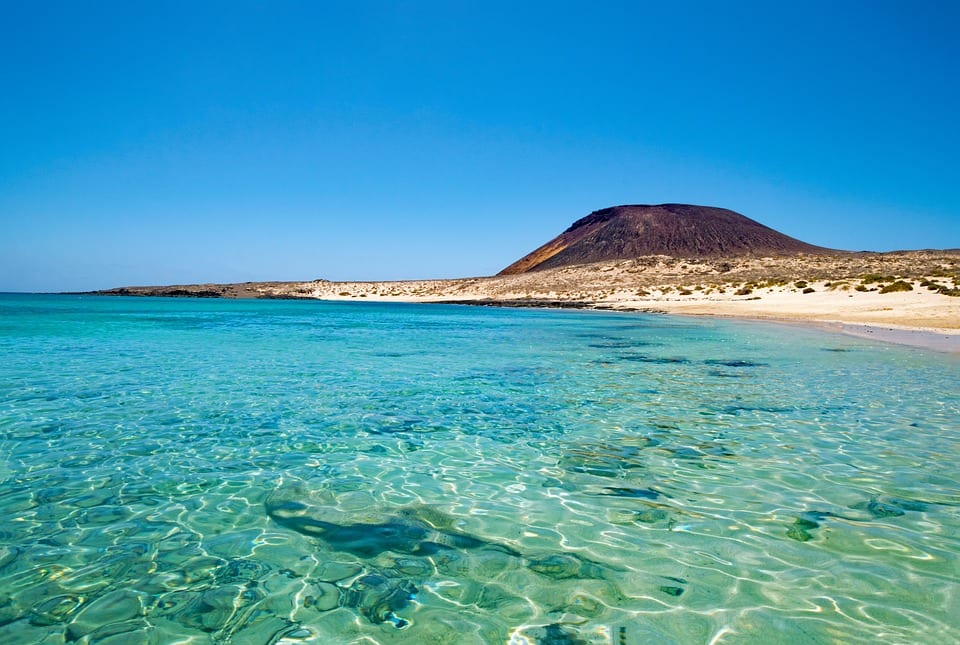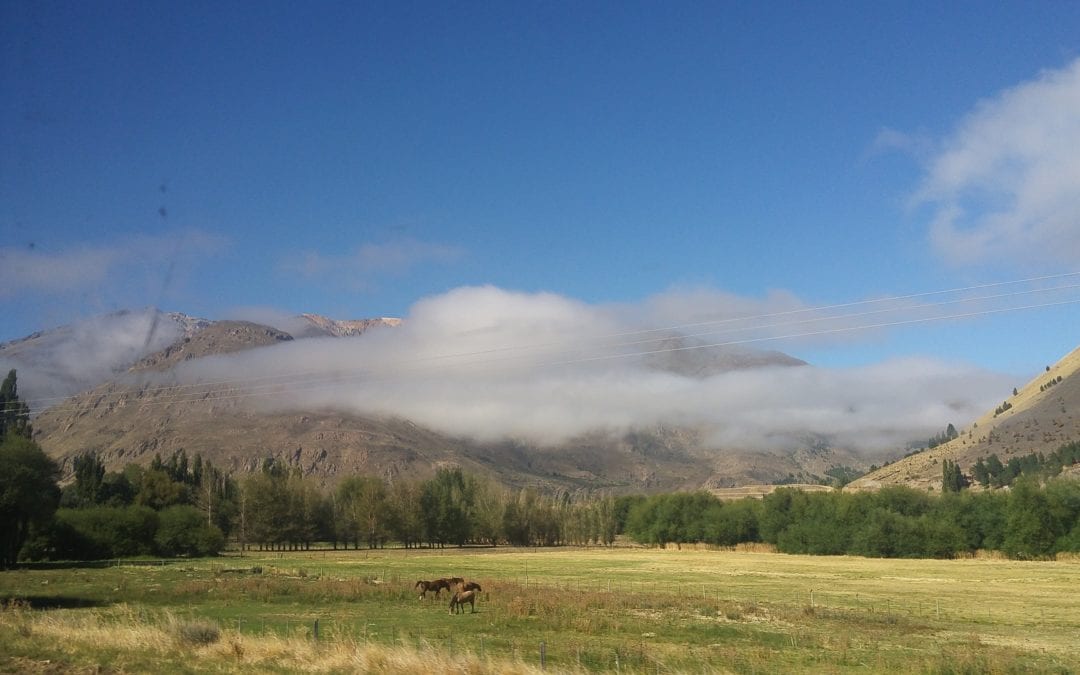
Mar 5, 2019 | Blog, Language Varieties
Rytsas everyone! Kirimvose for visiting our blog post about constructed languages! You just learned your first two words in High Valyrian: Rytsas – Hello – and Kirimvose – Thank you. David J. Peterson is the person who developed High Valyrian for the fantasy world in G.R.R. Martin’s book series The Song of Ice and Fire, also known as Game of Thrones. This is only one of many languages that were constructed for movies or TV series. But what’s behind these constructed languages? What rules do they follow? Let’s have a look at some of the most popular constructed languages for movies and series worldwide. Basics about constructed languages First of all, a constructed language is a language that was consciously invented by one individual and that has an elaborate linguistic system consisting of a specific phonology, vocabulary and grammar. Invented language, planned language and artificial language represent three of the many names for this phenomenon. As opposed to other languages we know such as English, French, Spanish, Japanese, etc., constructed languages have not evolved from thousands of years of development. There are many different reasons why people create new languages, for example: universal communication, research on already existing languages, and most importantly for our topic, to make a fictional world seem more authentic. The process of inventing a new language is complex. Thus, it is mostly professional linguists who do the job. There are two types of constructed languages – a posteriori languages and a priori languages. A posteriori languages contain aspects from already existing languages. Moreover the elements are usually simplified and mixed with other ones. A priori...

Feb 26, 2019 | Blog, Language Varieties
How to categorize Austrian German German is a pluricentric language, just like English. This means that there are several standard varieties that exist in different germanophone countries, such as Austrian German. A ‘language variety’ is a general term for a specific version of one language and when it is a ‘standard variety’, it is usually used publicly and considered prestigious. However, a language variety is not to be confused for a ‘dialect’. While dialects mainly appear in the spoken language with different forms of pronunciation or with slightly different grammatical structures, a standard variety manifests itself also in written language and its structures are considered as the correct standard for that country. One example of this is Austrian German, whose relationship to Standard German is comparable to that of British and American English. Austrian German and Standard German vocabulary in comparison One aspect that distinguishes Austrian German from Standard German is the vocabulary. Therefore, unique terms can be found in all areas of life. For example, in Austria, you go to the Kassa (cashier) instead of the Kasse. ‘Stairs’ are called Stiege, but in Standard German you say Treppe. And also, a very common word is Jänner for Januar (January). In the culinary field, there are many differences between Austrian and Standard German. For example, ‘cream’ in Austria is Schlagobers while in Standard German, you say Schlagsahne. In Austria, Aprikosen (apricots) are Marillen, Puderzucker (powdered sugar) is Staubzucker (literally dust sugar) and Quark (curd) is Topfen. And when it comes to drinks, in Austria, you cannot order a Weißweinschorle (sparkling white wine), you have to ask for a Weißer...

Feb 5, 2019 | Blog, Language Varieties
Chinese, Macanese and… Portuguese? Hundreds and hundreds of languages in China Chinese is the most common term to indicate a range of different languages, among them Macanese. Based on the number of native speakers throughout the world, Chinese is the most spoken language all over the world. It is official in Taiwan, Singapore and Malaysia. However, Chinese-speaking communities can be found basically everywhere. There are Chinatowns across the globe. The most famous are in NY, London and Toronto. Among all the different varieties of Chinese, two standards (spoken and written) exist: Cantonese and Mandarin, and Traditional and Simplified. Our previous blogpost is about some clarification on their differences. Nevertheless, China is a huge land of giant metropolitan cities like Beijing or Shanghai and home to about six thousand small villages. Its people speak more than 200 different languages generally described as dialects of Chinese such as Pekinese, Shanghainese, Xiang, Taishanese, etc. Just Chinese? Not in Macau Meanwhile, there are not only speakers of Chinese and its various dialects in China. Macau is an autonomous territory of 30.5 km2 with a population of 650,900. That is why it is one of the most densely populated regions in the world. Macau was a Colony of the Portuguese Empire from 1557 until 1999. Finally, Portugal transferred the sovereignty to the People’s Republic of China. People consider it the last European Colony in Asia. Although 20 years have passed since then and despite the distance from the mainland, the Portuguese influence is still prominent in Macau, both artistically and linguistically. You can walk on streets ornamented with calçada portuguesa surrounded by red lanterns...

Jan 31, 2019 | Blog, Language Varieties
Silbo Gomero is Spain’s Exotic Whistling Language Languages can use so many different forms of sounds. You probably have heard about languages that use clicks like Xhosa in South Africa. It sounds more or less exotic because only rare languages use them. Even more rare if you think about whistling. But that is exactly what Silbo Gomero, a languages in the Spanish territory, does. Languages of Spain Spain is a European country that is home to many different languages. These languages possess a co-official status with Castilian, the standardised language variety in Spain. In Barcelona, the Balearic Islands, and Valencia, Catalan is the co-official language along with Spanish. The same place takes Euskadi in the Basque Country. In the Iberian Peninsula there are many varieties, dialects and even distinct languages:. These are Aragonese, Galician, Valencian (the variety of Catalan spoken in Valencia), Andalusian dialect, Portuguese. Even English is spoken in Gibraltar. But there is another one far from the mainland, plunged in the Atlantic Ocean and close to Africa. On a small island belonging to the Archipelago of Canary Islands, a language exists that is not a spoken one: Silbo Gomero. The History of Silbo Gomero Silbo Gomero or simply, “el Silbo” (the whistle), takes its name from the Island of La Gomera. The primitive inhabitants of the Canary Islands, the Guanches, settlers from North Africa, developed it since needed a way to communicate across long distances, especially among shepherds. In fact, Silbo Gomero is perceptible up to 5 km away. Nowadays, people still use it to communicate because there are places on the Islands that are not covered...

Jan 23, 2019 | Blog, Language Varieties
Ever heard of Patagonian Welsh? Down in the South of Argentina, in the Chubut province of Patagonia, you will not only hear Spanish or other native languages associated with Southern Argentina. You will also hear Patagonian Welsh. There are about 5,000 speakers. But, how did it end up there? How Welsh Came to Argentina During the industrial revolution, some Welsh people were afraid of losing their cultural heritage. Therefore, and among other reasons, they decided to immigrate to the US. But there they would be assimilated to a new language and lifestyle. So, they went looking for a better place to conserve their language, culture and tradition. They considered Vancouver Island. But they finally decided on Patagonia as it seemed to have everything required. After a two-month journey by ship, about 200 people arrived on the Argentinean coast in July 1865. They struggled greatly at first because of the very different environment and conditions they had to face. Luckily, after some initial mistrust, they received help from and started trading with the native Teheulche Indians. Finally, they established their first permanent settlement called Rawson at the end of 1965. Ten years later, after discussions about the ownership of the land with the Argentinean government, they received ownership of the populated land. The Welsh made the land fertile. It looked as if their dream had come true with schools, chapels and a local government in Patagonian Welsh. However, more and more people were attracted to the prosperity, Welsh as well as non-Welsh. By 1915 about half of the population was non-Welsh. Simultaneously, the Argentinean government made Spanish the mandatory language...

Sep 19, 2017 | Blog, Language Varieties
The Word on the Street Festival During the month of September, Canada is the host of The Word on the Street Festival. It celebrates and promotes Canadian literature, reading, writing, and literacy. This festival occurred for the first time on September 30, 1990 in Toronto. Attendance was surprisingly good and the event quickly became an important event nation-wide. Nowadays it is celebrated in Halifax, Toronto, Saskatoon, and Lethbridge, and there is also a preview event held in Kitchener. It is the largest literary festival in Canada. Get further information here. Who attends this Festival? Every year, authors, publishers and readers from all over Canada and other countries come to The Word on the Street. The festival provides opportunities for authors to promote their work, sign books, do readings, and attend meet and greets. It is also an opportunity for people to meet their favorite authors, buy new books, and celebrate literature and literacy. The festival attracts people of all ages and interests. There, you can find different types of books and magazines of any genre, such as poetry and fiction. This is a win-win situation for authors, readers and publishers. What makes this Festival so amazing? Besides the obvious attraction, the books, you will also find a bunch of activities that will catch your attention and entertain you. You can attend authors’ events such as book signings, giveaways, and conferences. You can also enjoy presentations as part of the Spoken Word Showcase that includes a Q&A at the end to get to know the poets and their stories. On the other hand, if you are interested in buying, there...






















